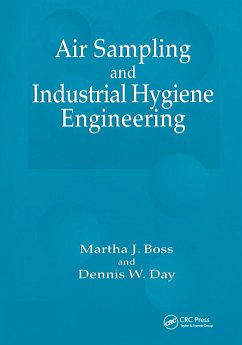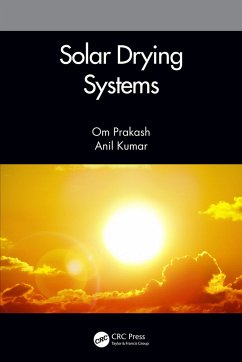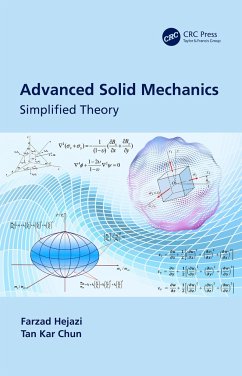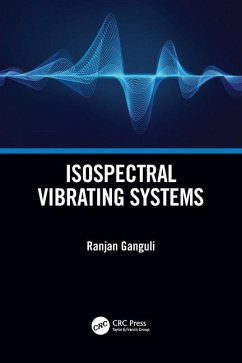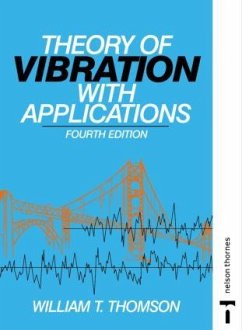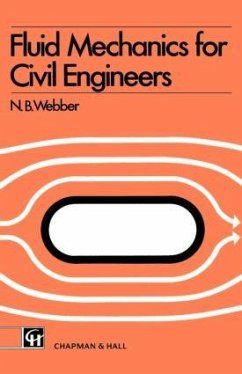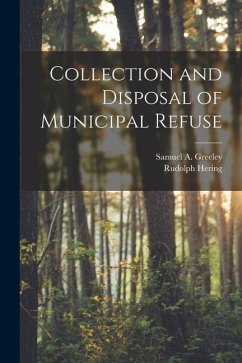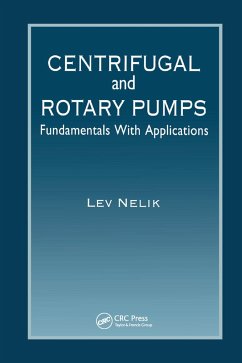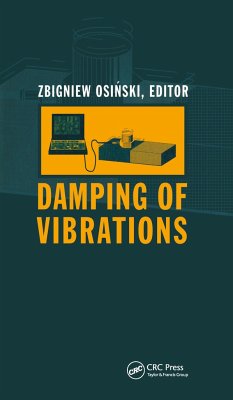Emily S. Nelson is a research engineer at the NASA Glenn Research Center (GRC) specializing in interdisciplinary research at the intersection of fluid mechanics and heat transport, materials science, biology and/or human physiology. She received her B.S. in Mechanical Engineering from the Illinois Institute of Technology, Chicago, IL (1983); M.S. in Mechanical Engineering from the Illinois Institute of Technology (1986); and her Ph.D. in Mechanical Engineering from the University of California at Berkeley (1998). Dr. Nelson has been employed as a research engineer by NASA GRC since 1989. She is conducting numerical simulations of industrial algae growth processes, which combine hydrodynamics with biokinetics to evaluate and develop system designs and operating protocols for biomass yield, consumption of waste CO2 generated by a power plant, and power requirements. Dhanireddy Ramalinga "D.R" Reddy, Chief of the Aeropropulsion Division at NASA Glenn Research Center , Cleveland, Ohio, is responsible for providing enabling capabilities to the aerospace community by leading research and developing technology in the areas of turbomachinery, combustion, fuels/propellants, icing, inlets, nozzles, propulsion system simulation, engine systems, and computational methods. He received his Bachelor of Engineering in Mechanical Engineering (1971) from Sri Venkateswara University, A. P., India; Master of Engineering in Aeronautical Engineering (1974) from Indian Institute of Science, Bangalore; and Ph.D. in Aerospace Engineering (1983) from the University of Cincinnati. Dr. Reddy joined NASA GRC in 1991, serving as Chief of the Computational Fluid Dynamics Branch and Senior Consultant, and focusing research on developing a predictive capability to accurately simulate the complex flow features of advanced aerospace propulsion systems.







